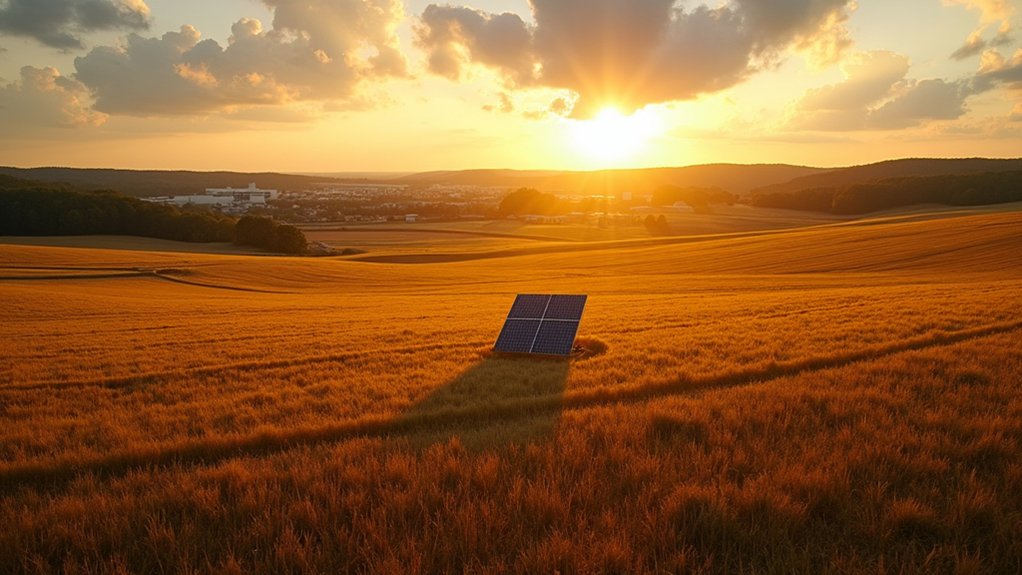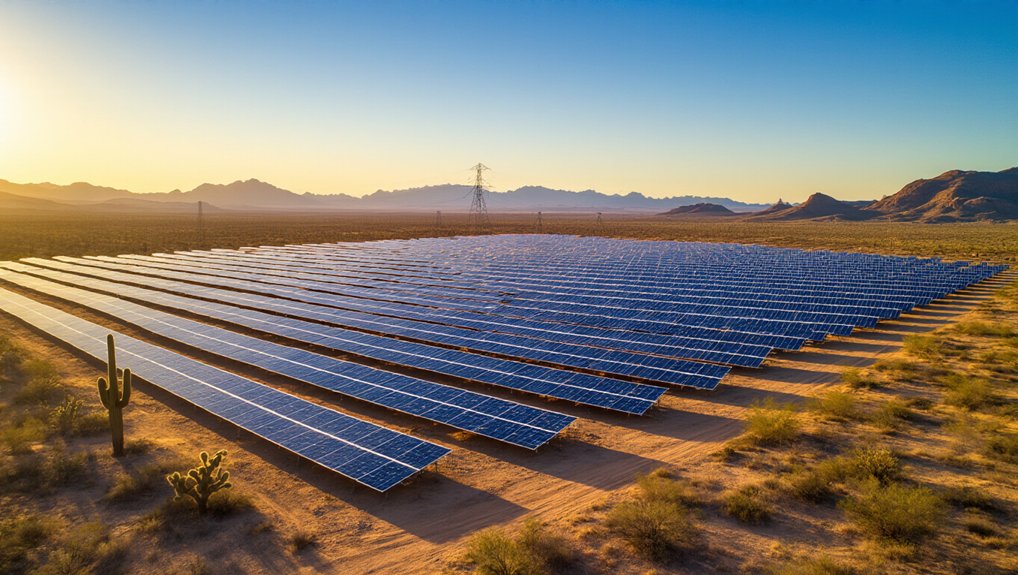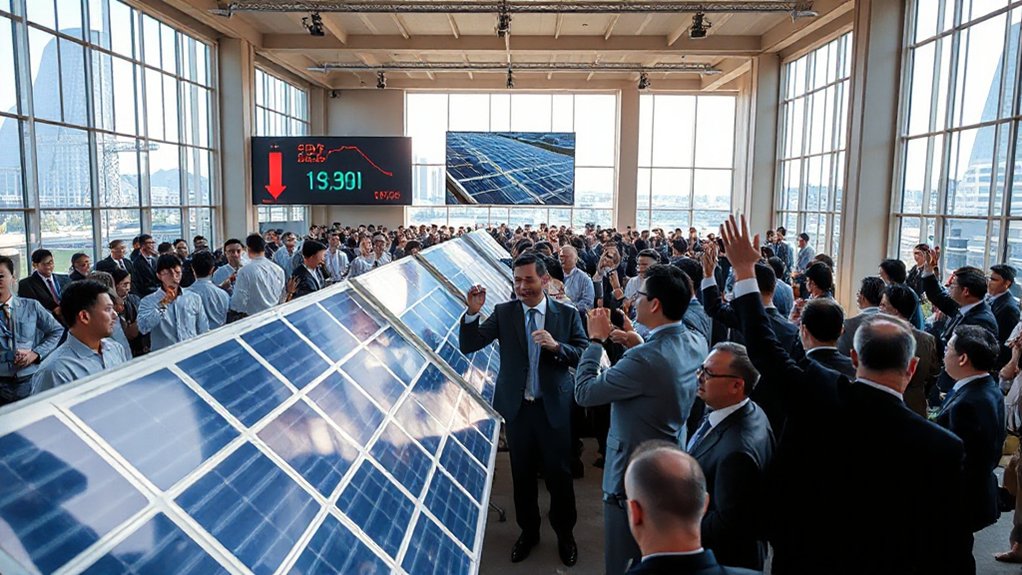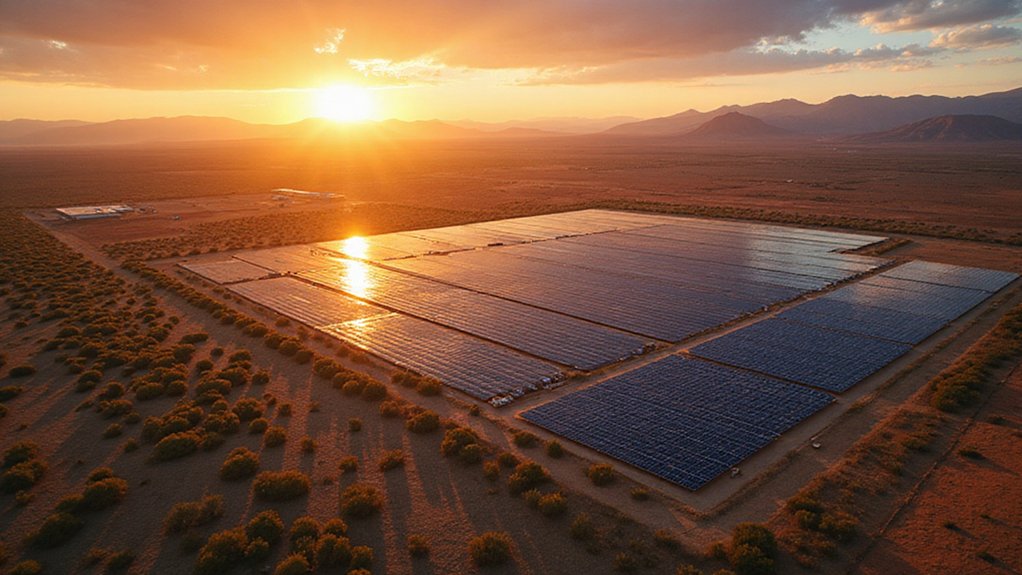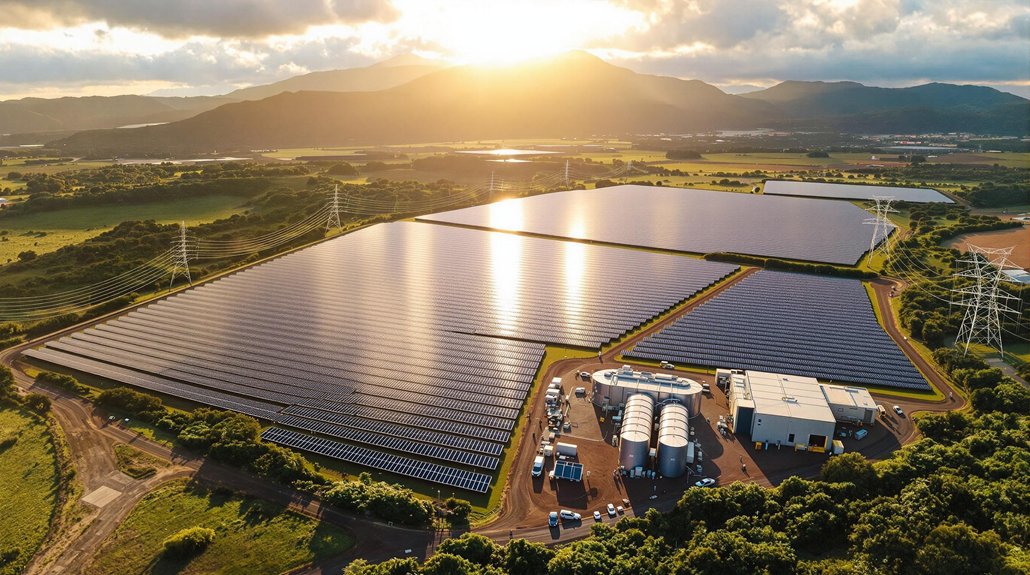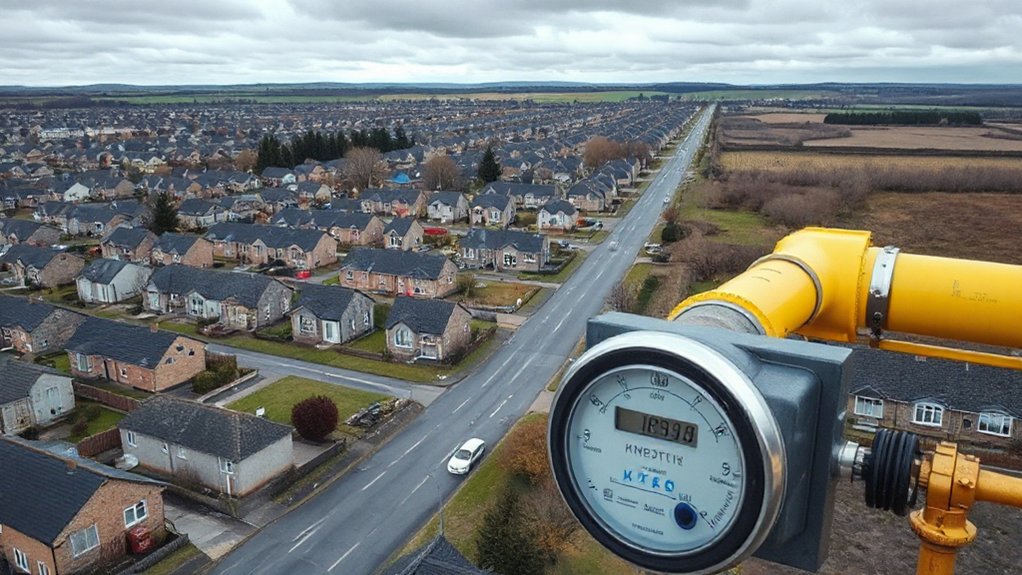Alabama sits on a massive solar goldmine, yet ranks a pathetic 38th nationally. With just 862 megawatts powering fewer than 95,000 homes, the state uses solar for a laughable 0.88% of its electricity. Technical potential? Forty-five times current demand. Recent projects like Muscle Shoals (294 MW) barely scratch the surface. Homeowners could slash rates from 11.4¢ to 7.75¢ per kWh. The Yellowhammer State’s energy transformation awaits those ready to dig deeper.
While Alabama currently ranks 38th nationally for installed solar capacity, the Yellowhammer State is sitting on an energy goldmine that remains largely untapped. With a mere 862 megawatts of installed capacity powering just under 95,000 homes, solar contributes a paltry 0.88% to Alabama’s electricity production. That’s practically nothing.
The numbers tell a frustrating story. Alabama averages 213 days of sunshine annually. Perfect solar conditions. Yet somehow the state has only 157 solar installations statewide. Seriously? The technical potential here could generate 45 times Alabama’s current electricity demand. Let that sink in.
Progress isn’t completely stalled, though. The Muscle Shoals project in Cherokee delivers 294 megawatts, while Meta’s matching 294 MW Colbert County Solar project stands as the largest corporate investment. Big names are taking notice – Walmart, Toyota, and others have jumped on board. The industry employs 757 Alabamians across 40 companies. Not terrible, but hardly transformative.
Growth projections remain underwhelming. Alabama expects to add 1,317 MW over five years, reaching 1,447 MW total. That’s a 42% improvement over the past decade. Meanwhile, the rest of the country is leaving Alabama in the dust.
The untapped potential is almost comical. If 82% of Alabama buildings installed solar panels, they could generate 24.8 million megawatts AC yearly. Smart investment now could qualify residents for federal tax credits covering 30% of installation costs. Even with increased electrification, the state could produce 25 times its projected 2050 electricity needs through sun and wind power alone.
This Earth Day, the wake-up call is clear. Alabama has improved from 42nd to 38th nationally for solar capacity, but that’s like celebrating a D- instead of an F. The $914 million invested so far represents just the beginning. Homeowners who make the switch can enjoy solar energy rates significantly lower than conventional electricity – 7.75¢ versus 11.4¢ per kilowatt-hour.
Rural economic development, job creation, and energy independence hang in the balance. Alabama’s solar goldmine isn’t just untapped—it’s barely been acknowledged.
